 Let me start with a description of the book, for some context.
Let me start with a description of the book, for some context.
Ellie and her friends live in a smallish town with a large rural area, so that she and a lot of her friends are ranchers. At least I think they’re ranchers. They’re on holiday, so they organize a camping trip into the bush. This being Australia. Seven of them, roughly evenly divided by gender. They’re missing Commemoration Day (also called Commem Day by the narrator) and the local Show (which sounds like the equivalent of a county fair around here). On that day, while they’re out camping, they hear and see lots of jets flying overhead. Weird, right? They linger a few more days, then head back. To find everyone gone. Utoh. From the title of the book, you might guess a war of some sort has ‘began’, huh?
I was going to start this review by saying it was fitting to be reading it in February, since most of the action takes place then. Only when I tried to look up the exact date for Commemoration Day, I got stumped! Thwarted! The closest I came to any such holiday was one celebrated by the University of Sydney. According to Wikipedia, Australia Day has a lot of different names, and would fit the timeframe (the narrator says at one point that it’s several weeks past Christmas), but Commem or Commemoration Day isn’t one of them! Have I come up with an anachronism? This book was written in 1993. Well, that’s not that old… older than Wikipedia, sure, but..
The author’s note at the end equates some of the settings to real world locations, but the author is generally making up the location itself. Did he also invent a holiday? Weird. Sure, this is science fiction, in that there was no such war in Australia, but otherwise it reads like a contemporary novel. Why invent a holiday? This reviewer is also puzzled by it.
But moving on…
The group discovers that their town has been invaded. Though I thought it funny they came to that conclusion. If I saw a bunch of soldiers who’d set up camp and were holding prisoners, foreign soldiers would not be my first thought. Could I tell American ones from non-American ones, at a distance? There are so many different types of American military uniform, that I don’t think I could. Not unless I could see a US flag patch on them. Or more likely, a US flag flying nearby. But this group assumes they’re foreign before they ever hear them speak. Which is another puzzlement, because the girl who knows six languages can’t identify it. What? You mean, not at all? I can take a good guess at most languages. A general guess, I mean. And we never hear what the soldiers look like. We hear they’re young, and middle-aged, and male and female. But not if they look Vietnamese, Indian, Chinese. How many nearby countries don’t speak English and yet look enough like Australians that it doesn’t merit a mention?
I admit, before we learned they don’t speak English, I thought America had invaded Australia. It’s just.. something we’d be likely to do.
One of the kids even identifies some jets as Australian and some as not. Boy, for me to recognize jets, they’d have to be flying really low. And, again, have a US flag on them. Southwest jets, sure, I can identify those!
So anyway, the kids try to find out what’s up with their families, and try not to get killed or captured along the way. And guerrilla hijinks ensue. So that by the end it was reminding me of Hogan’s Heroes or other shows and movies I’ve seen that featured The Resistance.
I liked that the group was roughly evenly distributed, and eventually does end up 4 girls and 4 guys, and that the narrator was a girl. She also does a lot of the action and dirty work. She’s their best driver, especially when it comes to driving bulldozers and trucks. Which is why I was particularly dismayed when one of the girls has some sort of seizure brought on by trauma. Followed by another girl just fainting, for no particular reason. And then the narrator herself has a nervous breakdown or goes into catatonia or something I’m not qualified to medically diagnose. Though considering she’d been bleeding copiously from a head wound just a few pages ago, you’d think people would’ve been worried about a head injury and not assuming it was all psychological! None of the boys goes through any of this. Grr.
Then they all start flinging around the L word (love, not lesbian) like it’s going out of fashion.
In general, though, I liked the book okay. It was interesting to see Australia, even if it’s a fictional bit of it, and to learn a few new words. I’d had no clue what a chook was until it was mentioned that they lay eggs. At that point, I gave up and Googled it. No such luck they’re ostriches or emus or some weird Australian bird. Chooks are just chickens.
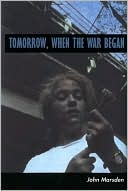 The cover art on the copy I read makes no sense until you’ve read nearly the whole book. I think I would’ve gone for some shot of the Australian terrain with some jets flying overhead. The cover we had up here on Triple Take in our Upcoming section does make more sense, with the jets flying over the ferris wheel at the Show.
The cover art on the copy I read makes no sense until you’ve read nearly the whole book. I think I would’ve gone for some shot of the Australian terrain with some jets flying overhead. The cover we had up here on Triple Take in our Upcoming section does make more sense, with the jets flying over the ferris wheel at the Show.
Read it if you’d like to read some Australian sf, but don’t read it if you’re looking for answers to mysteries. We never do learn who invaded Australia or why.
Except when I was adding the cover images just now, I saw that the newer cover mentions this is part 1 of a series. The book itself felt complete enough, in a ‘this is our life now’ sort of way, that it never occurred to me there could be more books which might explain what this war is all about. Now, do I read the sequel? Do I watch the movie? Do I watch the movie sequel which is apparently coming out this year? Decisions, decisions.



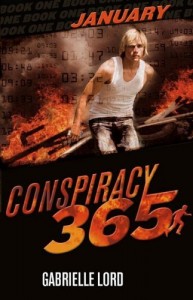
 The Plot
The Plot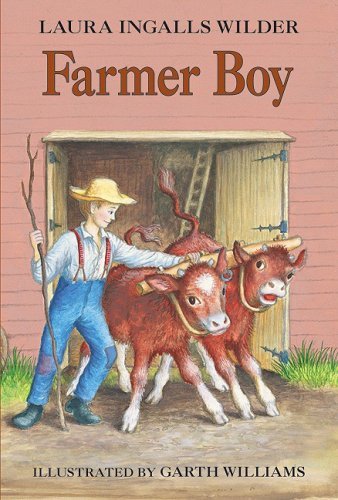
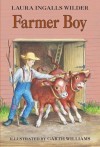 The Plot
The Plot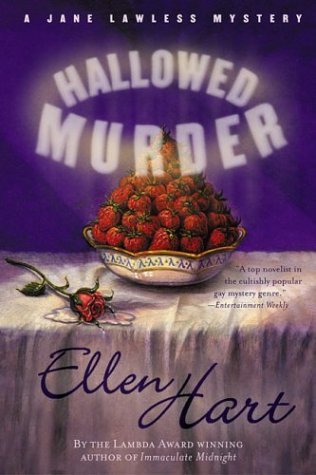
 The Plot
The Plot